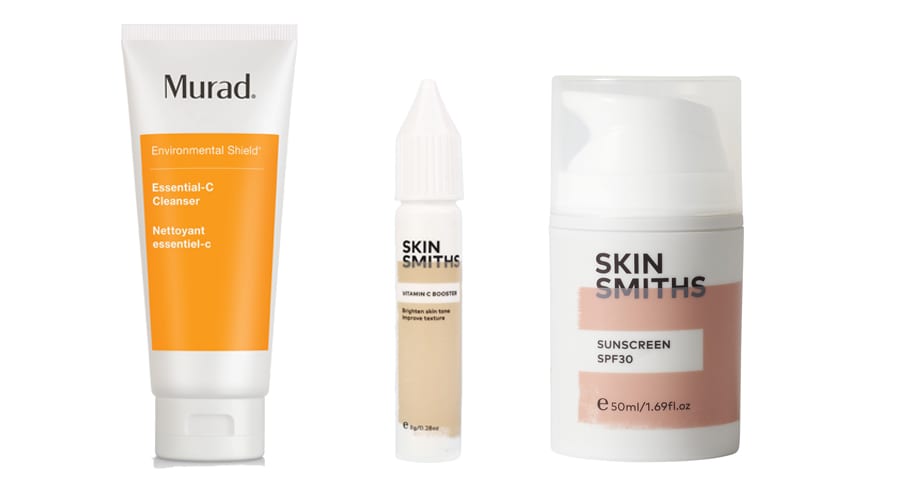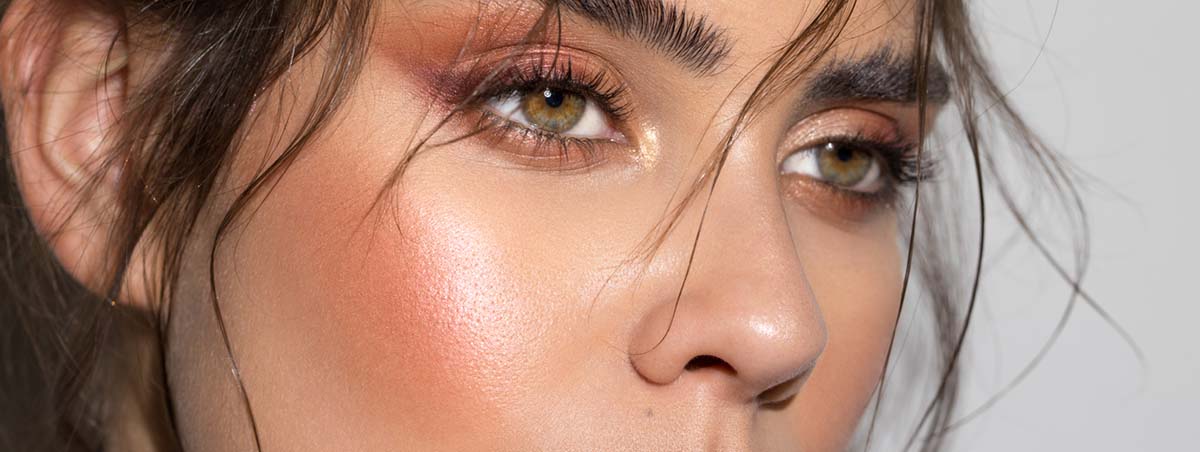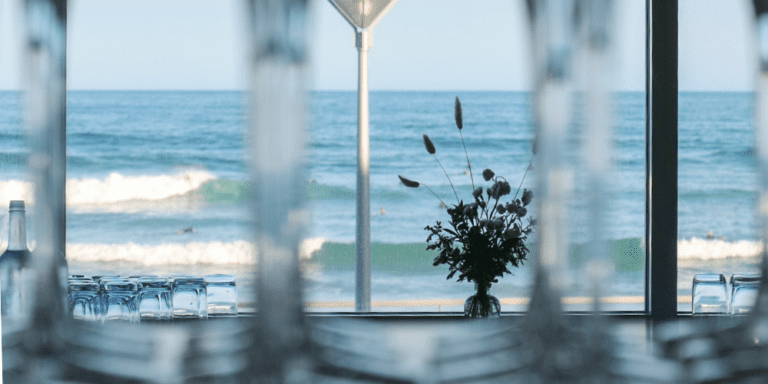Whether your skin concerns are pigmentation, dilated capillaries or rosacea, or you just want to give your complexion a boost, Caci’s advanced Photo Rejuvenation treatment works wonders to restore even skin tone and radiance.
Most of us know that too much time spent in the sun can speed up the skin’s ageing process, leading to fine lines and wrinkles. But harmful UV rays can also cause pesky brown spots known as pigmentation. “Pigmentation is melanin formed by our melanocytes,” explains national trainer for Caci, Taryn Johnstone. UV rays stimulate the melanocytes, which leads to the production of melanin. This, in turn, shows on the surface of our skin.
“Pigmentation appears as brown spots and freckles on the skin,” says Johnstone. “Some can be small, others larger. They’re also known as age spots, liver spots and solar lentigo.” “Pigmentation can sometimes be difficult to treat, because the melanin can sit within different layers of the skin,” explains Johnstone. “We have surface pigmentation and sub-surface pigmentation, and the sub-surface pigmentation can be challenging to draw up to the surface – which is what we need to do to achieve great results.” While certain skincare ingredients – such as vitamin C – can minimise the appearance of pigmentation, stubborn pigmentation will often require a professional, in-clinic approach.
Photo Rejuvenation Could be the Answer to Stubborn Pigmentation
To tackle difficult pigmentation, Caci uses advanced Photo Rejuvenation technology that draws unwanted pigmentation to the surface of the skin. “Photo Rejuvenation helps to treat pigmentation by using a pulsed light that is attracted to the melanin, which then turns to heat to draw the pigmentation up to the surface,” Johnstone explains. Once the pigment has been brought to the surface it starts to break down into particles, causing what Johnstone calls a “miloing” effect. “The miloing effect is a darkening of the pigment. This will last about seven to 10 days, and then the pigment will either flake off or slough off. The pigment will either be removed or appear lighter underneath.”
While the treatment is often used for pigmentation, Johnstone says it’s also ideal for people suffering from broken capillaries, diffused redness or rosacea, or anyone who simply wants to rejuvenate their skin. A thorough consultation is the first step before starting a Caci treatment, as Johnstone explains that there are medications and medical conditions that could contradict the treatment. As for the Photo Rejuvenation treatment itself, Johnstone says each treatment takes around 45 minutes.
How Photo Rejuvenation Works
The treatment begins with cleansing and applying protective eye shields, before a cool gel is applied to the skin to help conduct the light and protect your skin. “Once this is done we will tell you that we are about to start, and count you in before we pulse the light to the area,” she says. Johnstone says you will feel heat, along with a sensation that’s similar to being flicked with an elastic band. The aftercare of any treatment is crucial, and at the end of the Photo Rejuvenation treatment, Skinsmiths Daily Defense SPF 50 is applied to keep the skin protected from UV rays. “At Caci, we always recommend a good-quality SPF30 or 50+, and then looking at incorporating vitamin C into your skincare routine. Vitamin C is a great antioxidant that will protect all the skin concerns we treat with Photo Rejuvenation. It also helps to break down the pigment and build collagen within the skin.”

Johnstone says that the downtime involved with Photo Rejuvenation is minimal. “If a customer is receiving Photo Rejuvenation for diffused redness, dilated capillaries or rosacea, they will see redness to the area with slight swelling,” explains Johnstone. “This usually lasts up to 24 hours, or may last up to three days if you have sensitive skin.” For those undergoing Photo Rejuvenation to target pigmentation, slight redness may be apparent for up to 24 hours before the pigment darkens, which can last seven to 10 days. “This can be covered by make-up the day after having the treatment,” she says.
The results of Photo Rejuvenation are visible as early as 10 to 21 days after treatment, and Johnstone says for best results a course of treatments is recommended. “If you’re having Photo Rejuvenation for redness, dilated capillaries or rosacea, you will need to maintain the results as these particular concerns can be genetic or due to lifestyle choices,” she explains. Aftercare is important for Photo Rejuvenation for pigmentation too. “Results will depend on how well you care for your skin after the treatments, and how well you protect the skin from any further damage,” says Johnstone. Pigmentation that is sitting in the deepest layers of the skin can also take years to show up on the surface. “Therefore in five or so years after the initial treatment, you may need to have a touch-up,” Johnstone says.
To find your nearest clinic and book a consultation, visit caci.co.nz.







